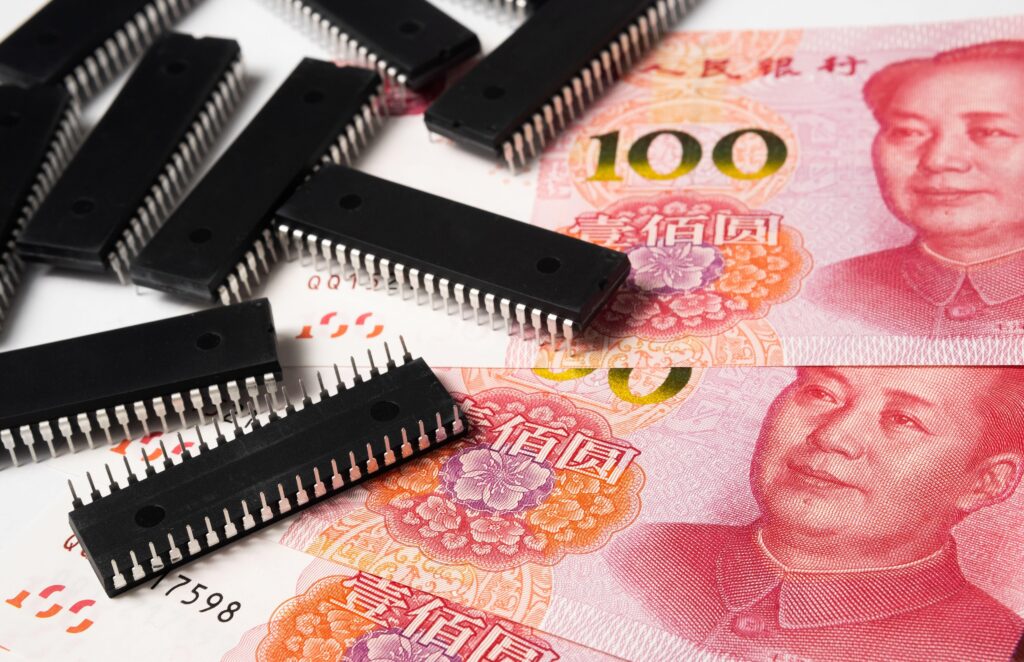
China has begun to consider whether to continue imposing anti-dumping tariffs on hydrogen iodide, which it has taken out as a response card amid a “trade war” with the United States in 2018.
China’s Ministry of Commerce announced on the 16th that it will begin a five-year investigation into anti-dumping measures that have been applied to U.S. and Japanese hydrogen iodide acids since 2018.
Hydrogen iodide is a reducing agent used in the synthesis of acetic acid, the manufacture of iodide, and the process of etching integrated circuits.
Earlier, China imposed anti-dumping tariffs of 123.4% and 41.1% on hydrogen iodide imported from the United States and Japan, respectively, with a five-year deadline from October 16, 2018. Originally, the tariff measures were scheduled to end on the same day.
China’s Ministry of Commerce said, “We received a final application for retrial of anti-dumping measures by the domestic hydrogen iodide industry in August this year. The applicant asked to maintain anti-dumping measures because if anti-dumping measures are stopped, dumping of hydrogen iodide imported from the U.S. and Japan could continue and recur, which could lead to damage to the Chinese industry.
China plans to investigate for up to a year before deciding whether to keep anti-dumping tariffs in place.
Chinese state media predicted that retaliatory tariffs are likely to remain the same in 2018.
The Global Times, an English media affiliated with the People’s Daily, the official newspaper of the Communist Party of China, quoted an industry analyst as saying, “Anti-dumping tariffs may continue to be imposed even after the investigation is over,” adding, “A tense relationship often means higher tariffs, and it is natural to take specific measures to protect domestic industries against foreign companies dumping products into the Chinese market.”
In the meantime, the media reported that the problem was “the seriousness of dumping and rising trade tensions, especially the U.S. illegal restrictions on the sale of semiconductor and semiconductor manufacturing equipment to China.”
TED PARK
US ASIA JOURNAL



